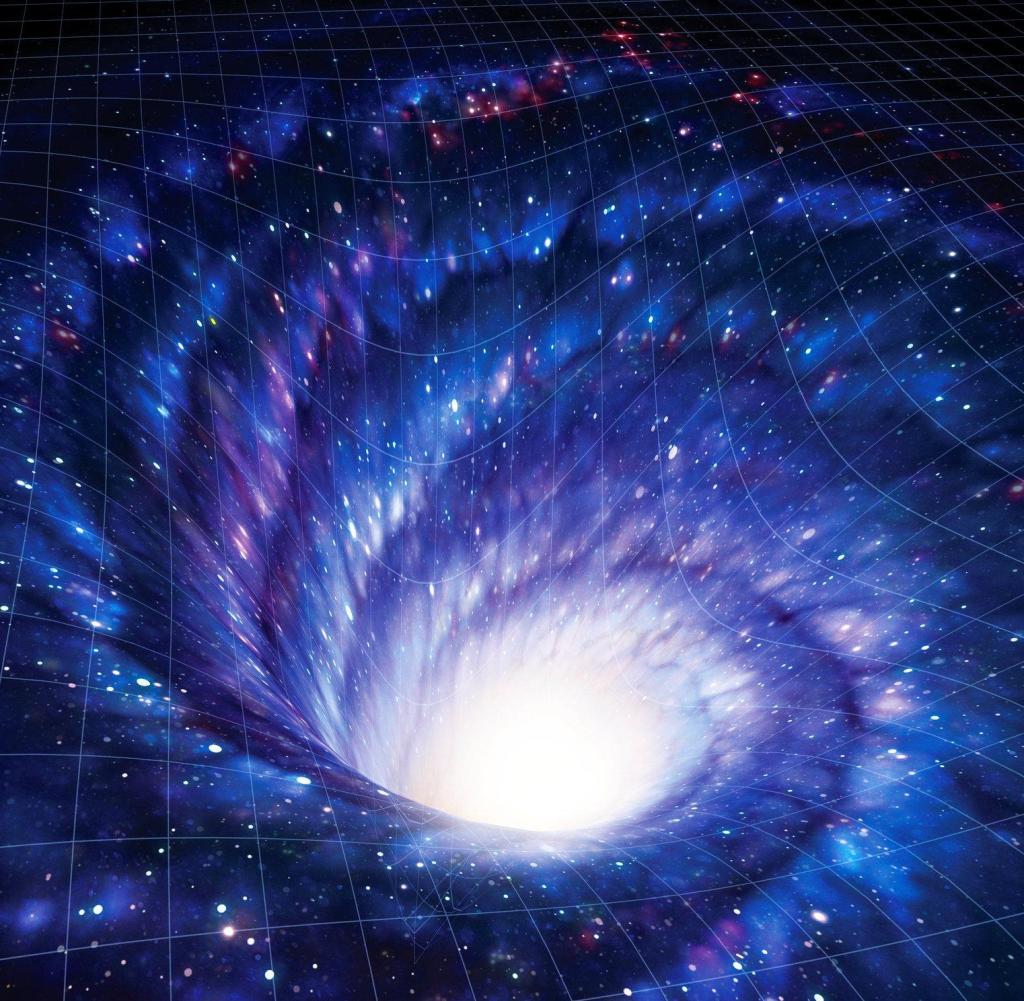|
The Golden Ratio: A Principle of Energy Flow The golden ratio, seen in structures as vast as galaxies or as intricate as DNA, has long been the symbol of ideal harmony. Duke University's Adrian Bejan ties this unique ratio to a universal law of nature's design. Through his work on the constructal law, Bejan reveals how nature shapes itself to ease flow. The essence of the golden ratio, he suggests, lies in achieving maximal efficiency with minimal energy (Bejan, 2009). This ratio allows structures to scale infinitely without changing their core shape, resulting in its recurrence throughout nature. By choosing the path of least resistance, the golden ratio epitomizes energy-efficient flow. This is evident in falcons, which harness the golden spiral for an energy-saving approach to their prey (Tucker, 2000), and in plants, where Fibonacci spirals display energy optimization in phyllotaxis (Li et al., 2007). The Purpose of Life: Flow The Constructal Law intertwines modern science with ancient spiritual writings, hinting at a unified purpose for all existence: to facilitate energy flow. Energy naturally seeks equilibrium, flowing from concentrations, like the sun, to the expansive universe. Our individual purpose is deciphering our unique energy flow. Despite being made of the same elements, each person's energy interplays differently. Our brains might share a similar number of nerves, but the connections, molded by experiences, are distinct, crafting our personalities. When our energies align, we enter a "flow" state, a concept explored by Csikszentmihalyi (1990) and Maslow (1964). In this state: Causes of Flow: - Clear goals - Immediate performance feedback - Confidence in handling challenges Characteristics of Flow: - Absolute focus - Control and openness - Enhanced learning and positivity Consequences of Flow: - Transcendence of self-awareness - Altered time perception - Intrinsic reward from the activity Discovering your energy's optimal flow—whether through passions or talents—uncovers your unique life purpose. Like fingerprints, our energy patterns are singular. Aligning with this flow often leads to peak performance, happiness, and fulfillment, underscoring our individual roles in the universe. References
Bejan, A. (2009). The golden ratio predicted: Vision, cognition and locomotion as a single design in nature. International Journal of Design & Nature and Ecodynamics, 4(2), 97-104. Csikszentmihalyi, M. (1990). Flow: The Psychology of Optimal Experience. Harper and Row, New York, NY. Li, C., Ji, A., & Cao, Z. (2007). Stressed Fibonacci spiral patterns of definite chirality. Applied Physics Letters, 90(16), 164102. Maslow, A. H. (1964). Religions, values, and peak-experiences. Columbus, OH: Ohio State University Press. (Original work published 1940) Tucker, V. A. (2000). The deep fovea, sideways vision and spiral flight paths in raptors. Journal of Experimental Biology, 203(24), 3745-3754.
8 Comments
|



 RSS Feed
RSS Feed